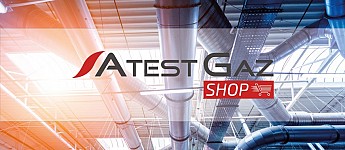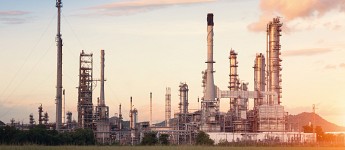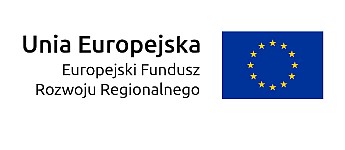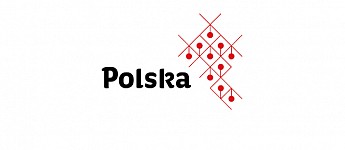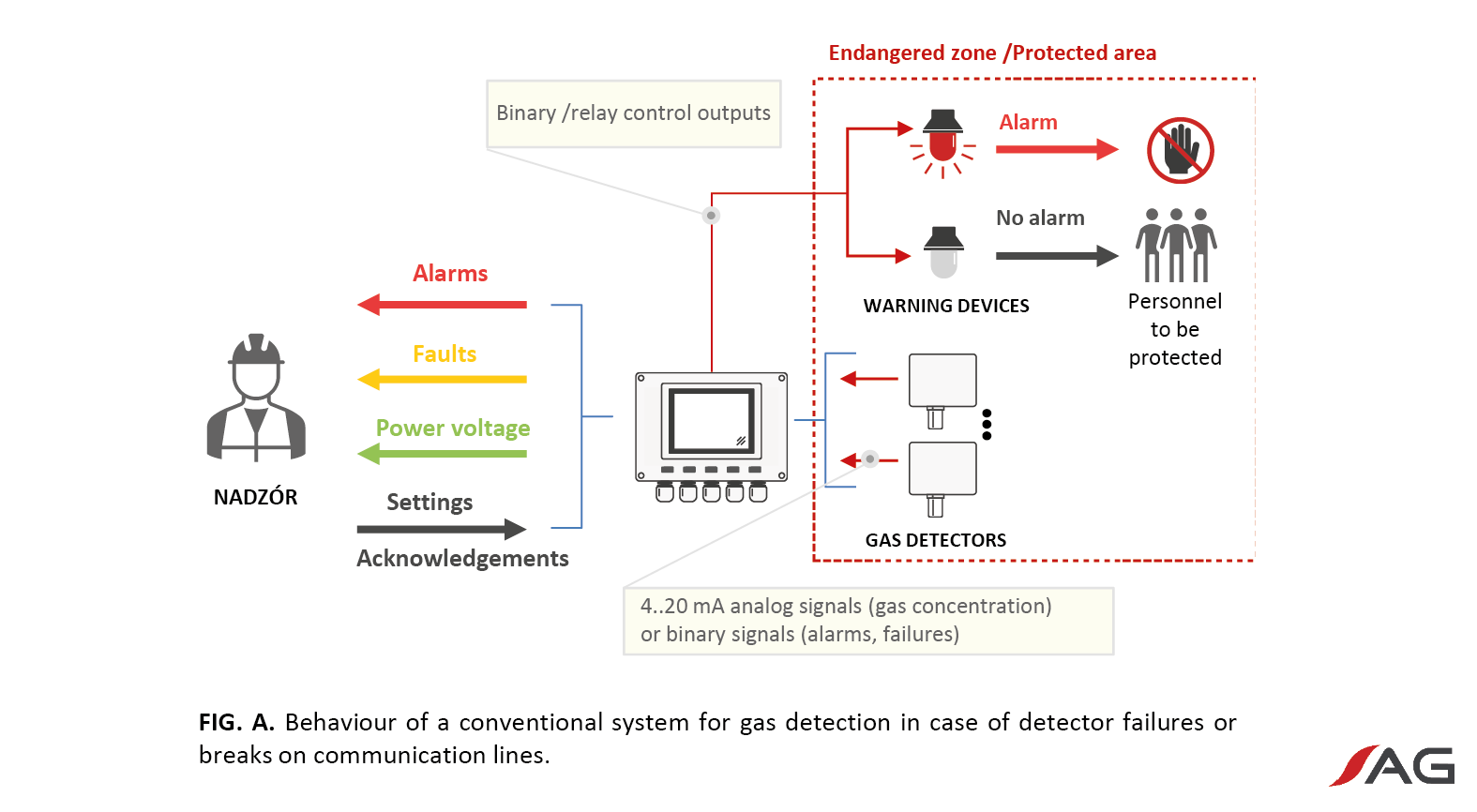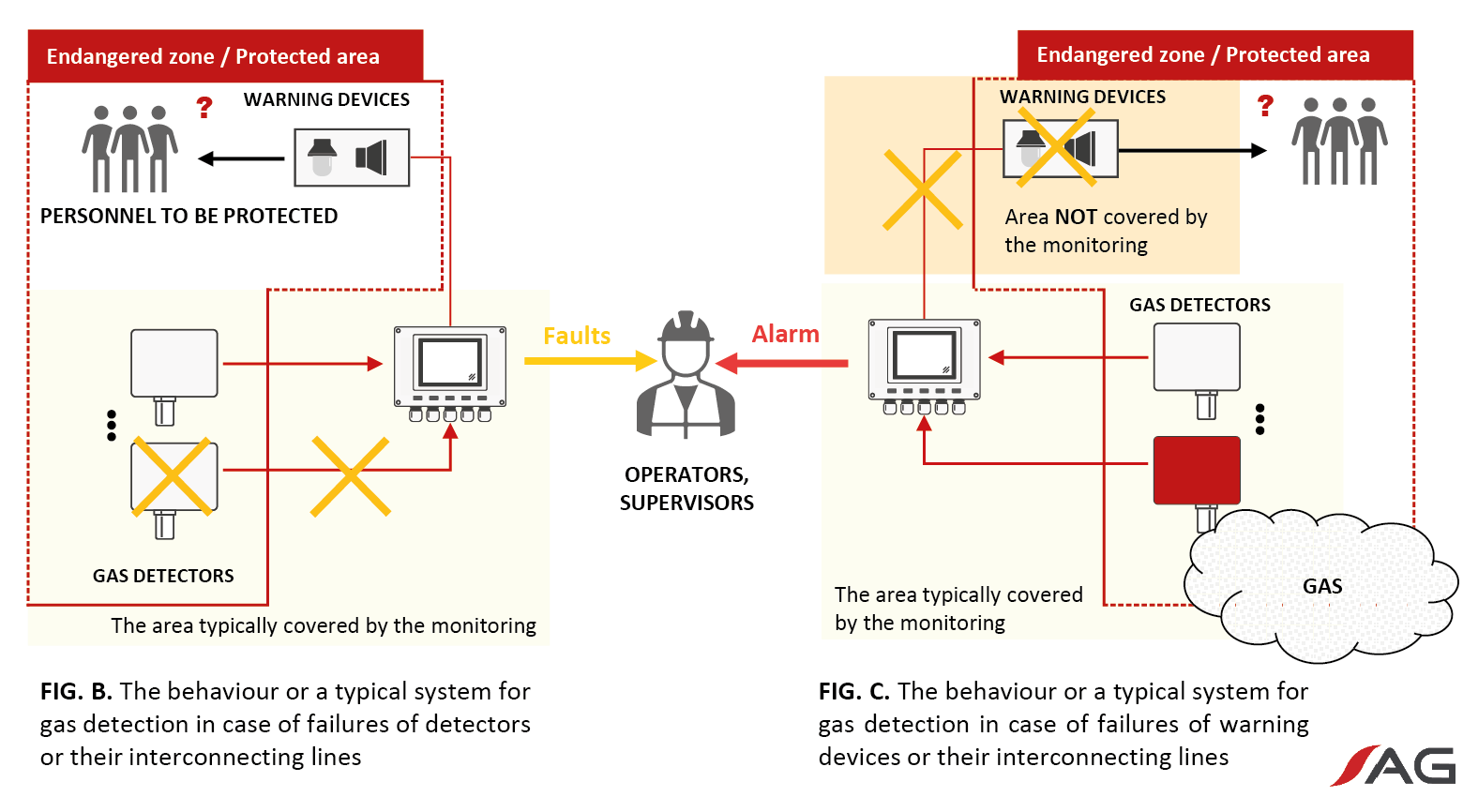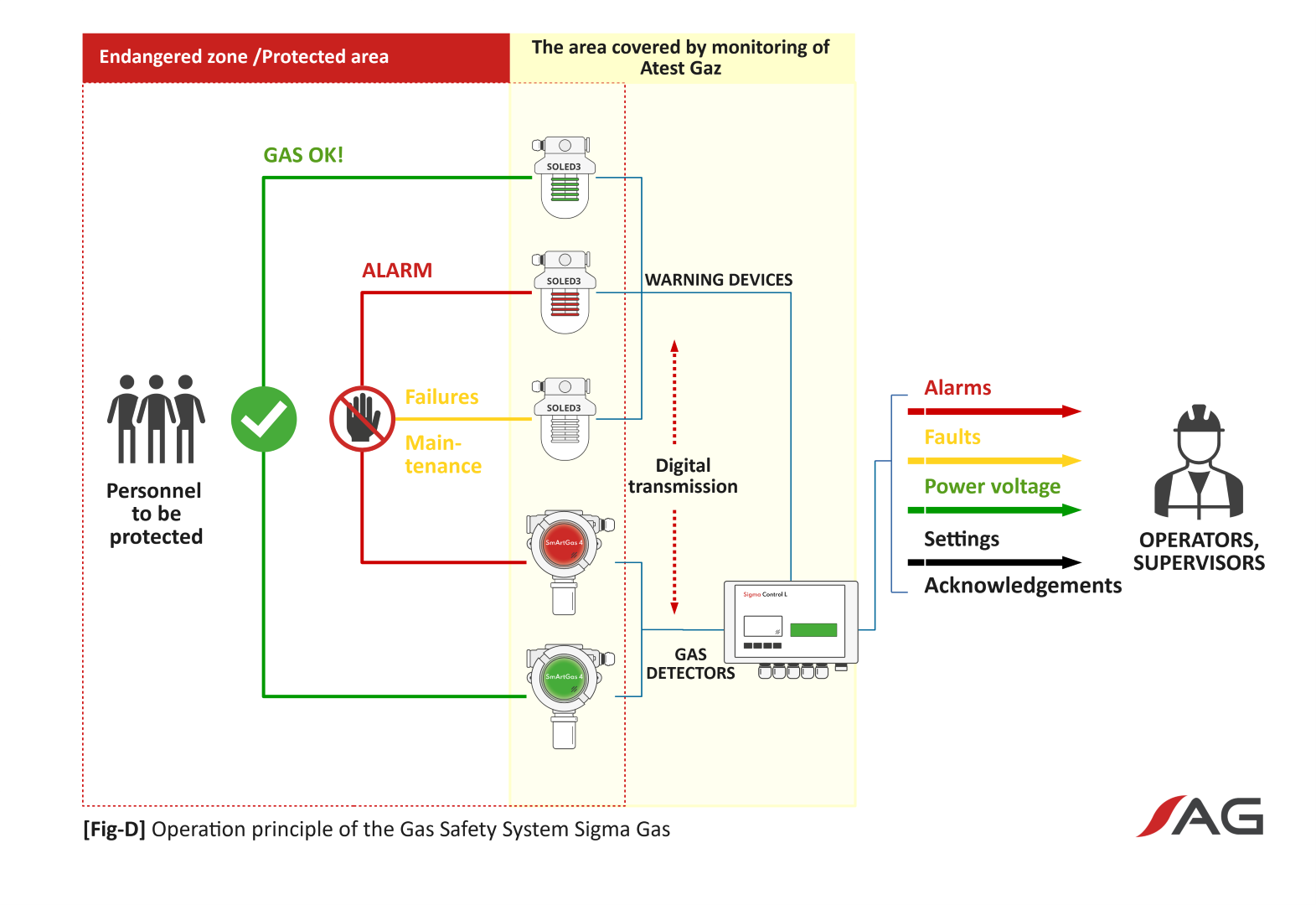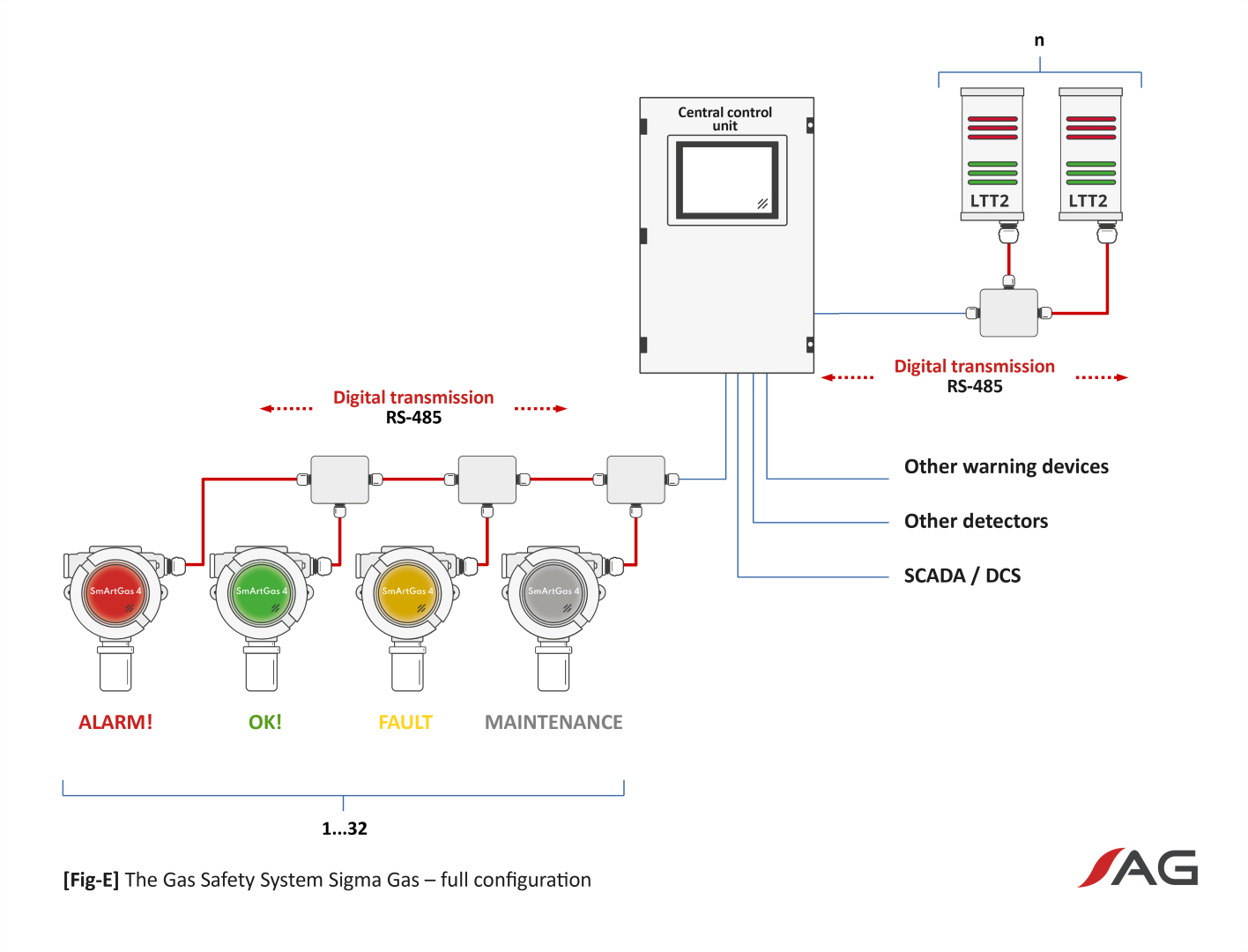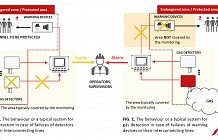
Process safety and gas detection systems
Broad use of various gases and volatile substances in numerous industrial sectors has always been associated with various hazards as early as these industrial sectors emerged. These hazards include:
- explosions,
- intoxication of personnel,
- damages to natural environment.
Therefore it is obvious that in spite of efforts to prevent leaks of gas from various system also other solutions or instruments were sought with the aim to detect presence of hazardous substances as fast as possible after leaks. As the time went by, electronic equipment for gas detection and concentration measurements appeared with the operation principle based on e.g. thermocatalytic sensors. Further years of research and development have led to still more and more advanced technologies and solutions that are nowadays very popular, like electrochemical sensors, NDIR, semiconductor sensors, PID control applications, etc. Also the term Gas Detection System appeared, which means an area where gas detectors are deployed on a specific surface and signals from them are wired to a central control unit. In turn, the central control unit develops a resulting signal that activated, if necessary, a warning device designed to alert personnel present on the endangered area about the hazard.
In pace with the technological development those systems have become more and more sophisticated. One can say that in the field of technological safety a typical chase between a sword and a shield could be seen in the past and is still observed. On one hand increasingly more complex plants are built to process huge amounts of hazardous substances, which triggers more and more demanding challenges to safeguarding techniques. On the other hand, continuous development of engineering tools, techniques for chemical analyses, sensor technologies combined with progress in electronics, physics of innovative materials, microprocessors with dedicated firmware and software, for instance automatic inference algorithms, enables construction of more efficient and reliable safety systems.
Critical view to ‘conventional’ Gas Detection Systems
Analyses of various solutions available in the market, including those offered by global leaders in that field, make it possible to formulate the thesis that the market of gas detection solution no longer keeps pace with the current demand. Even today these systems are being developed on the basis of signals received from various detectors and transmitted to control units with the use of typical current signals 4..20 mA, which is a solution from the mid of 20thcentury (Fig. A).
The standard itself is still quite popular and widespread since it keeps offering its key advantages. However, its major drawback consists in that fact that it actually allows transmission of only a single parameter, which typically is the gas concentration. There are no capabilities, in terms of an available carrier, to transfer any diagnostic information. Under circumstance when such information proves indispensable it can be provided by means of currents less than 4 mA, which is not a reliable solution due to possible interferences. We are in position that such attempts are merely a “patching” of drawbacks in the communication technique instead of seeking for a methodical approach to deploy comprehensive safety systems. However bottlenecks in the communication systems can be partly relieved by limitation of transferred information to merely binary signals whether concentration thresholds are exceeded or not, but in such a case no information about actual concentration is available for the central control and the problem still remains unresolved. Obviously, any defect of a field detector shall be indicated to operators or supervisors but personnel to be protected shall not be aware that the detector, critical for their safety or even life, is faulty (see Fig. B).
Another drawback and a similar bottleneck of such systems it their incapability to transfer a reverse information from central control units to gas detectors, which could be really suitable for troubleshooting purposes.
Yet again substantial shortcoming of such system is the fact that the alarm signal transmitted from the central unit to warning devices is usually a simple binary on-off signal with no acknowledgement capacities (Fig. A). Therefore no information about a warning device failure or a break of a signal transmission line is available to an operator. As a consequence, operator is not aware of technical status of such devices and if a gas leak is combined with the hardware defect the personnel to be protected is not warned about the danger. Obviously, information about a detected hazards appears on the HMI panel of a central control unit but the question is whether an operator is able to get a feedback to verify whether field warning devices are really activated and personnel to be protected is aware of a danger (Fig. C). Such an incident in terms of safety system integrity is referred to as an “undetectable hazardous incident”
Digital data transmission – the desirable direction for further development of Gas Detection Systems
We strongly believe that the application of a simple solution that has been known for many years, which is the serial data transmission (e.g. RS-485 standard). Such a communication between gas detectors and the central control unit as well as between the central unit and warning devices can totally eliminate the aforementioned drawbacks. Firstly, it enables a bidirectional data transmission instead of the unidirectional one. Secondly, much more information can be exchanged. We are also in position that there are no reasons for meticulous adhering to obsolete standards that slowly are getting a thing of the past and they are a real bottleneck for advanced measuring systems.
In such a way a Gas Safety System can be deployed with the following properties:
- gas detectors collect both measurement data and information about technical status of the system,
- central control units are capable of transmitting necessary information to gas detectors and to other devices, e.g. messaging tables, warning light or sirens,
- warning devices can send information about their statuses to central control units,
- central control units provide operators with information not only about defects of detectors but also about failures of warning devices and communication lines.
The foregoing rules have been embodied into the “Gas Safety System Sigma Gas” developed and offered by Atest Gas (Fig. D).
The additional bonus of the foregoing solution is the system ability to handle more sophisticated control of warning devices owing to extended capacity of the communication channel. For instance, loudness of warning sirens can be turned up or down, instead of the merely on and off control
More versatile system of broadcasted signals
Nevertheless, the most important advantage from implementation of digital transmission is the ability of use more versatile and enhanced visual signalling. A very simple improvement as compared to previous solution, but anyway the improvement with far-reaching consequences, is the possibility to force the warning device to indicate correct operation of the system when all hardware is in the sound condition. For instance, the warning lamp can be lit green when the system works properly. Therefore any failure of the connection line between the central control unit and the warning lamp shall be swiftly known not only to the system operator but also to the personnel in the endangered area, since the green light shall disappear. In that way a three-state indication system shall be established with the “fail safe” functionality, where the green light means that the System for gas detection is fully operable and none detector indicates any hazard. Although, switching the lamp off means that the area is not protected by the system and special safety measures must be undertaken. For instance, personnel of subcontractors (third-party companies involved in service jobs at the plant area) can be requested to leave the facility as a preventive measure.
With regard to the formal definitions one can say that “each state of the warning device is ambiguous and the set of states is consistent”.
Supplementary functions
It is also worth adding, to the end of all deliberations, that application of digital transmission for communication with warning devices enable easy multiplication of these devices since all devices can be wired to a single bus line that is common for all individual units. It is another benefit from innovativeness. In spite of such a uniformed wiring, such a layout enables easy differentiation of functions assigned to individual warning devices, e.g. by association of them with different alarms zones. Eventually, such a solution markedly reduces expenses to be spent for a gas monitoring system and for further maintenance of it.
Visual warning devices can be additionally equipped with the “Flash” function. It means that the alarm warning, when the device lights red, is also emphasized with intense flashing of dedicated super bright red LEDs and these flashes reflect on shining, steel surfaces of industrial equipment, which magnifies the warning message.
Another supplementary function of field warning devices is the FLED functionality, where gas detectors are equipped with warning light of various colours. Therefore the colour of detector components may change according to their status (Fig. E). Consequently, not only a collective warning signal is broadcasted but a hazardous zone can be delimited with indication of the hazard degree on specific areas.
Communication lines leading to both detectors and warning devices can be also multiplicated, forked and arranged in various topologies, which enables increasing of transmission rates and reliability, owing to individually tailored configurations of gas safety systems. All these advantages are explained on the picture below.
Summary – experience from operation of Gas Safety Systems Sigma Gas at various facilities
Gas Safety Systems Sigma Gas have already been deployed at a great number of industrial facilities, starting from oil refining plants and through meet processing plants, refrigerating shops, brewery plants, wastewater treatment plants as well as many others. The personnel appreciate the solution since they can see warning lamps nearly subconsciously and can easily spot at a glance whether they are green or they change their colour under extraordinary circumstances.
The experience from installation of Systems for Gas Detection and Safety Sigma Gas demonstrated that such systems offers personnel a feeling of comfort since they are sure that their life and health are properly safeguarded whilst the facility operators are made easy about bothering for their assets and safety of environment endangered by the presence of hazardous gases.
On the other hand, temporary deactivation of the system, for instance for maintenance, made the personnel anxious and resulted in many phone calls to the supervisors with inquires what to do. Even more, it happened that personnel made a pressure to their managers to ‘quickly restore the green colour of warning lamps since they are not certain about their safety’. Obviously, any appearance of red lights was unambiguously perceived as detection of a gas hazards.
The foregoing examples serve as a proof that Systems for Gas Detection and Safety Sigma Gas are a really proactive solution that positively support desirable reflexes of the entire personnel with respect to safety issues. Thus, it is a solution that deserves broad application to a modern and innovative chemical industry since it guarantees reliable and trustworthy information about possible gas hazards or safe conditions combined with efficient and comprehensive surveillance over airborne chemical substances. It is also a perfect evidence that implementation of an apparently simple and obvious innovation, such as the green light Gas OK, to our product is a key advantage and totally changes the perception of a system for gas detection, which is eventually a revolutionary enhancement of health and safety conditions at work.
It is also worth mentioning that it is the solution that was born in Poland as a result of common experience and cooperation between the Polish processing and manufacturing industry on one hand and Polish designers and engineers on the other hand.

